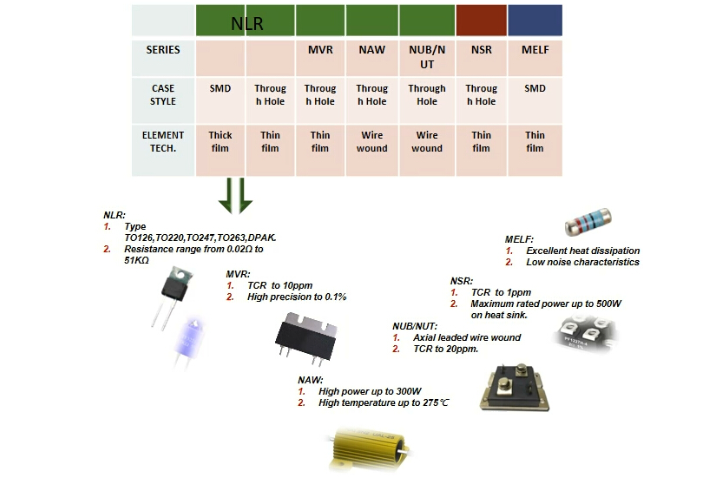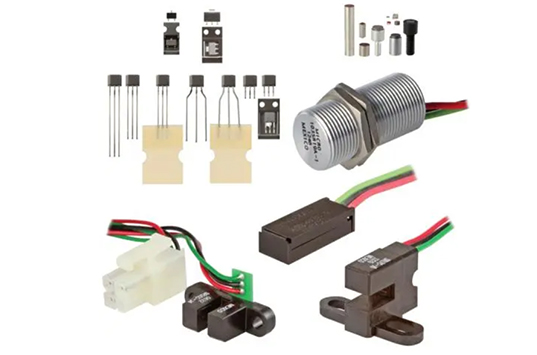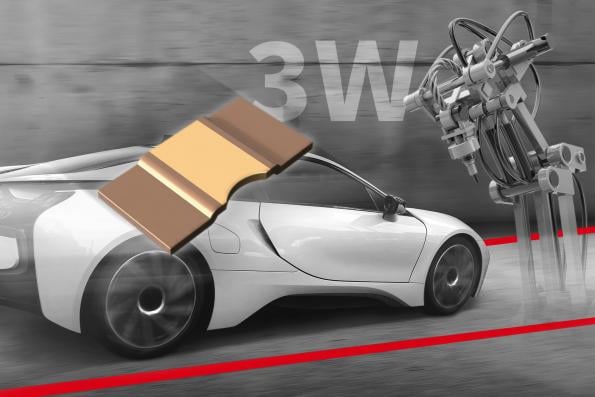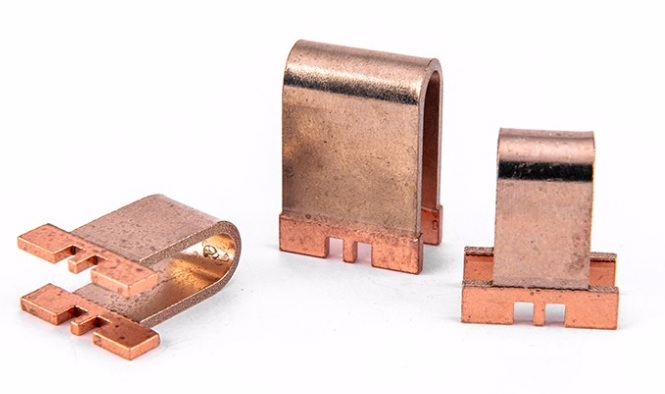
The device that measures current in a circuit is called an ammeter, and most modern ammeters measure the voltage drop across a known precision shunt resistor. The current is calculated by Ohm's law; Ohm's law | = V/R most current meter has a built-in resistance to measure the current. However, when the current is too high for the ammeter, a different setting is required. The solution is to connect the ammeter in parallel with a precise shunt resistor. Another term sometimes used for this type of resistor is ammeter shunt. Usually this is a high precision manganese resistor with a low resistance value, and the current is separated by the shunt and the ammeter so that only a small (known) percentage flows through the ammeter. In this way, large currents can still be measured. The actual amperage can be measured directly by correctly scaling the ammeter.

Precision shunt resistors use this configuration, and the maximum current that can be measured is theoretically endless. However, the rated voltage of the measuring device should not be exceeded. This means that the maximum current multiplied by the resistance value cannot be higher than the rated voltage. In addition, the resistance value should be as low as possible to limit interference to the circuit. Conversely, the smaller the positive, the smaller the resolution, and the smaller the voltage drop. Use a shunt resistor with a resistance of 1mohm. A precision shunt resistor is placed in the circuit and a voltage drop of 30 millivolts is measured on the resistor. This means that current is equal to voltage divided by resistance, or: = V/R =.030/0.001 = 30 A. The same calculation can be made, but now the resistance value is unknown and the voltage and current are known. This is used to calibrate the shunt resistance.
Position of the shunt in A current measuring circuit Position A of the shunt resistor in a current measuring circuit, usually the shunt resistor is placed on the ground side to eliminate common-mode voltage. But there are other drawbacks. In this configuration, the common-mode voltage may be too high for the ammeter. It is important to carefully select the position of the diverter in the circuit. When the circuit shares a site with the measuring device, it is usually chosen to place the shunt as close as possible. The reason is to protect the ammeter from high common-mode voltage that could damage the equipment or give false results. One disadvantage of this setup is that leaks from the bypass shunt may not be detected. If the shunt is placed on an ungrounded leg, it must be isolated from the ground or include a voltage divider or isolation amplifier to protect the instrument. Other methods can also be used without directly connecting the measuring instrument to the Gaulle circuit such as using the Hall effect. However, current shunt is usually more economical and cheaper.
-

Applications of Hall sensors
Application scenario 1: Photovoltaic inverterPhotovoltaic inverter is an importa...
2023-04-04 view+ -

Volvo, Daimler and Traton Plan
Welcome. Please feel free to send us an email here. You will get our reply in 24...
2021-09-09 view+ -

Unraveling the Different Types
In the realm of electrical engineering, shunt resistors play a significant role ...
2023-10-31 view+ -

Selection of SMD resistance ac
Selection of SMD resistance accuracy:The higher the precision of resistance, the...
2023-03-17 view+


